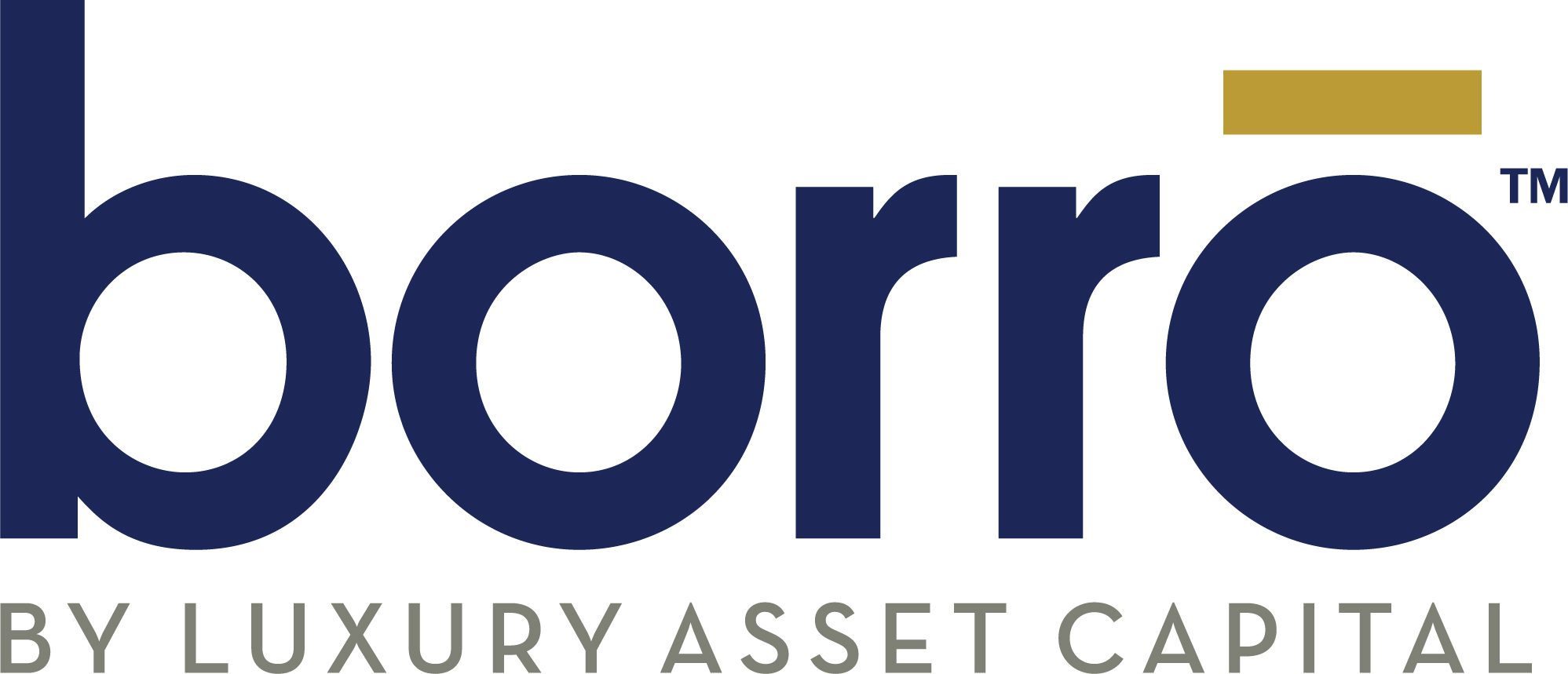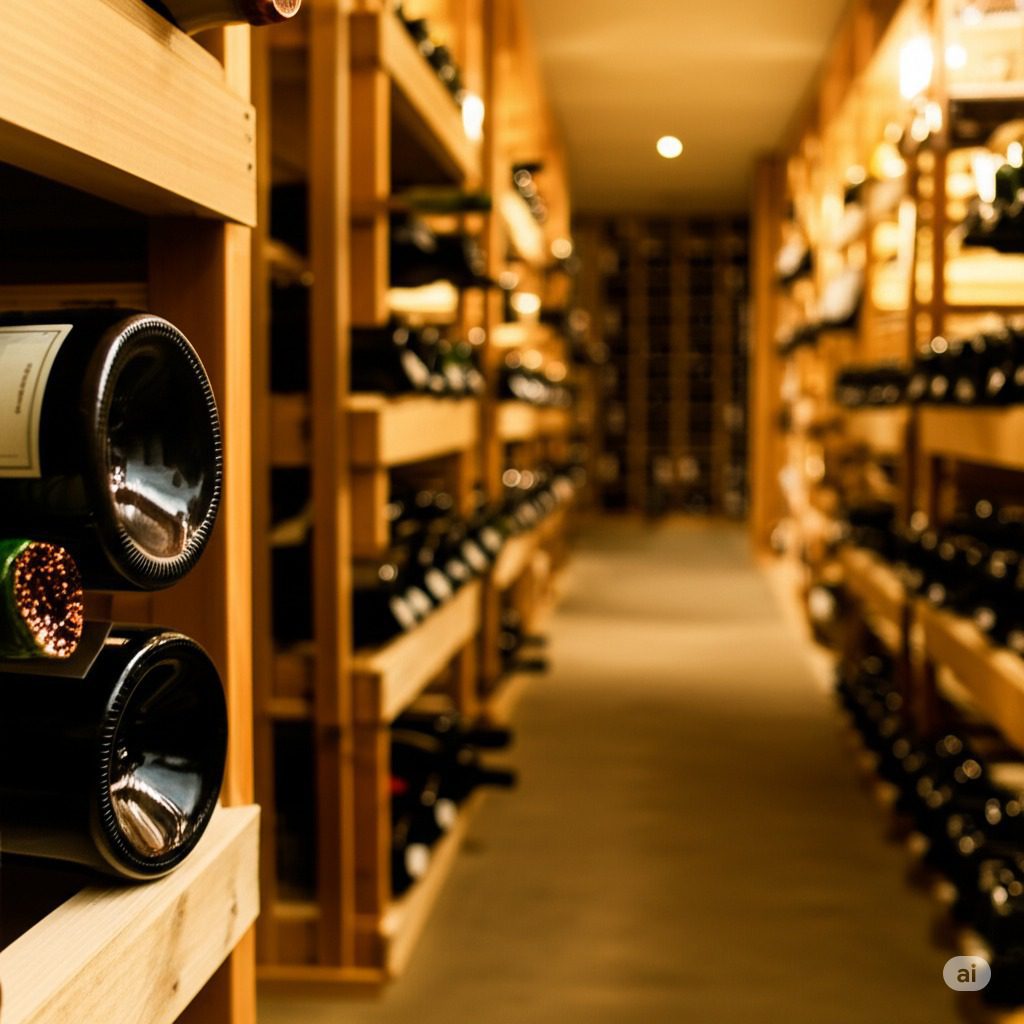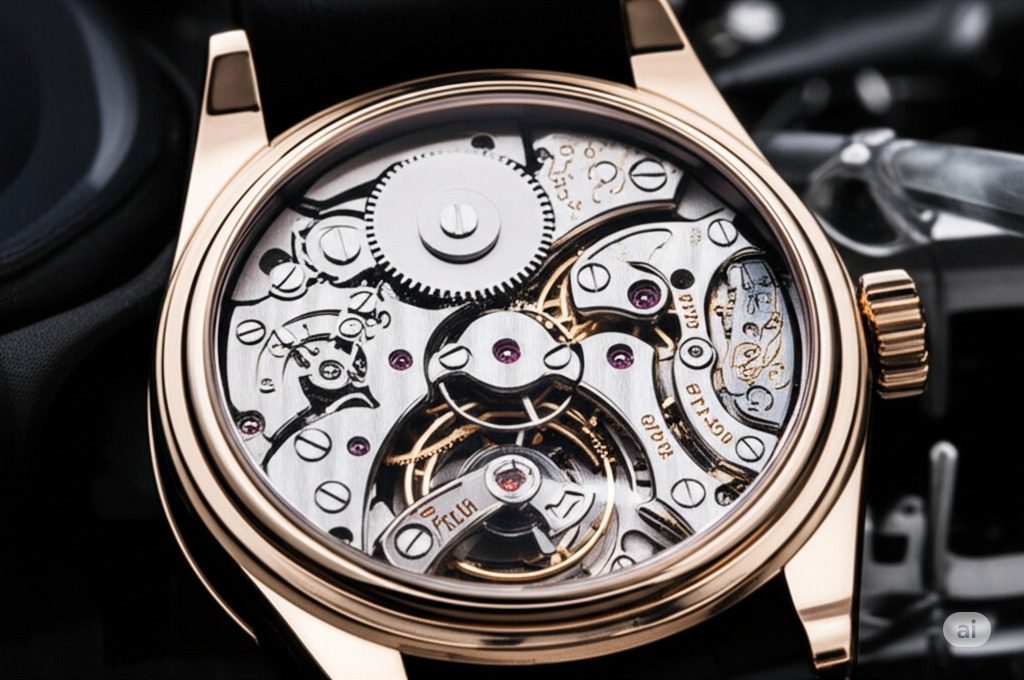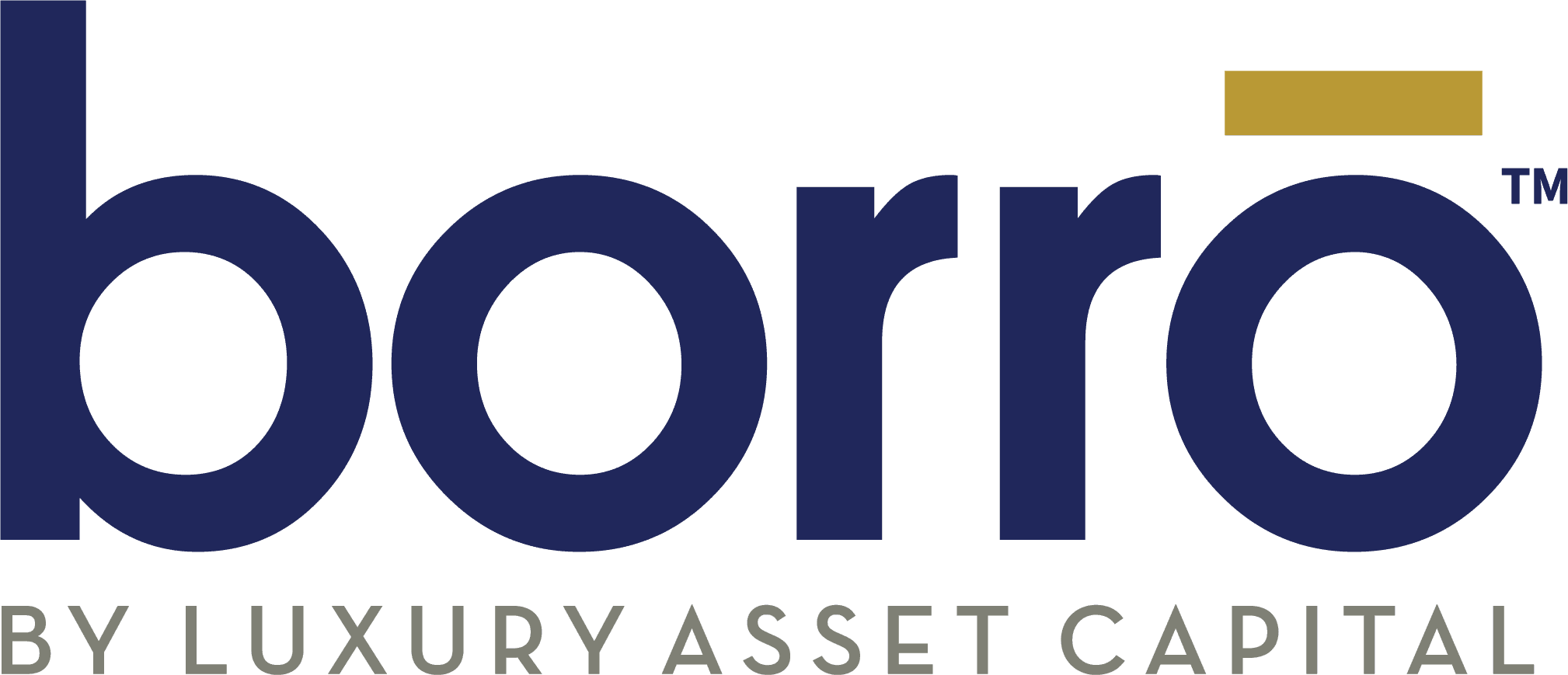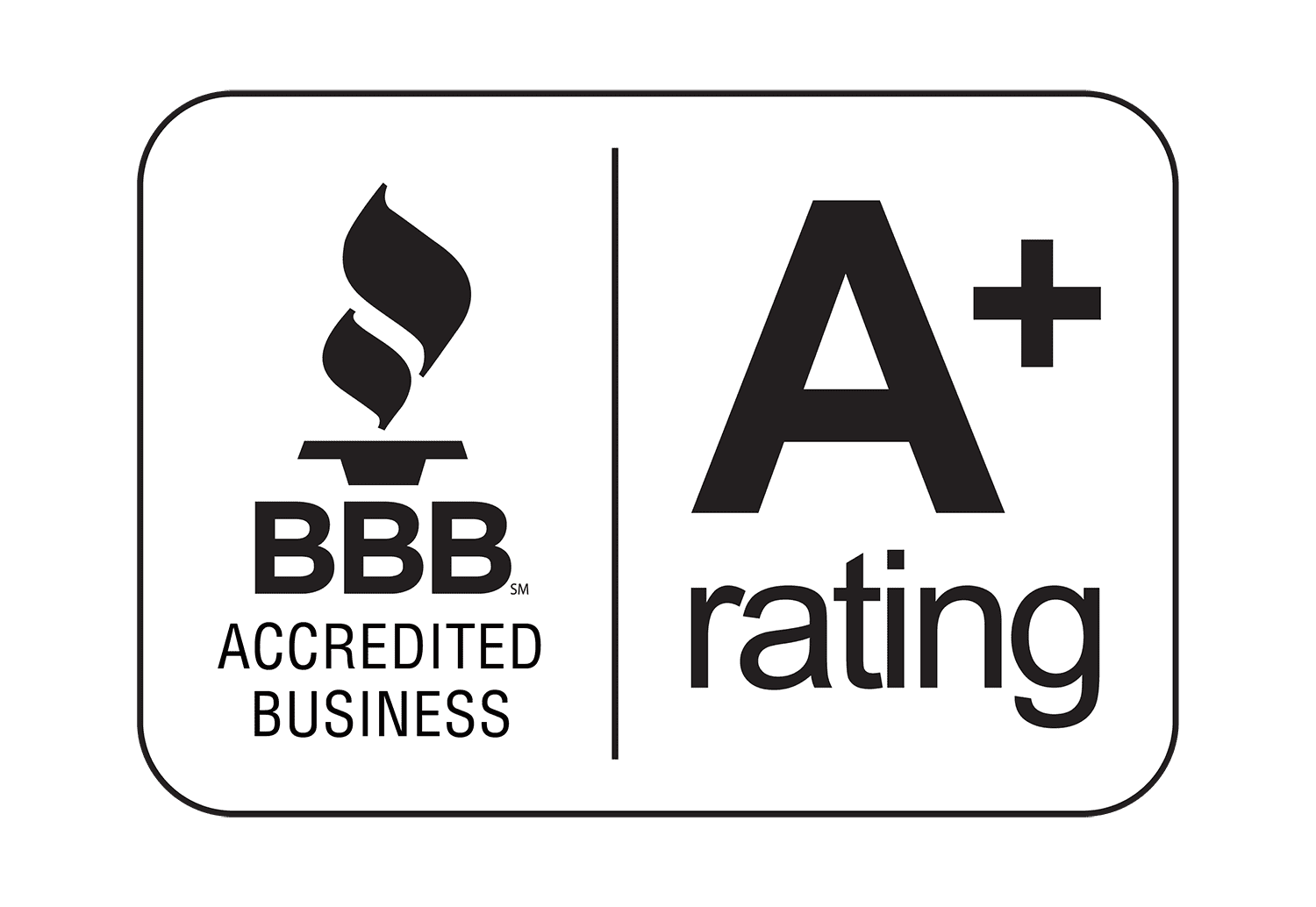For the oenophile, a bottle of fine wine is a source of pleasure and a testament to viticultural and winemaking artistry. For the savvy investor, select wines, particularly from renowned regions and exceptional vintages, offer a tangible asset class with a proven track record of appreciation. Building a wine cellar with an eye towards investment requires knowledge of the market, careful selection, and meticulous storage.
This article provides a strategic framework for approaching wine collecting as an investment, exploring the factors that drive value, the importance of provenance and storage, and how to build a diversified portfolio of investment-grade wines.
Regional Hierarchy Analysis Across Investment-Grade Wine Producing Areas
The value of investment-grade wine is heavily concentrated in specific regions renowned for producing age-worthy and highly sought-after bottles.
- Bordeaux (France): Historically the cornerstone of the fine wine investment market, particularly the wines from the five First Growths (Château Lafite Rothschild, Château Latour, Château Margaux, Château Haut-Brion, and Château Mouton Rothschild) and other classified growths. Bordeaux wines are known for their ability to age gracefully over many decades.
- Burgundy (France): Producers of highly prized Pinot Noir and Chardonnay. Burgundy is characterized by its numerous small vineyards (climats) and producers, leading to complexity in the market. Top domaines like Domaine de la Romanée-Conti command astronomical prices.
- Champagne (France): While most Champagne is non-vintage and intended for immediate consumption, vintage and prestige cuvées from top houses (e.g., Krug, Salon, Dom Pérignon) can appreciate, particularly in large format bottles.
- Rhône Valley (France): Certain producers from the Northern Rhône (e.g., Hermitage, Côte-Rôtie) and Southern Rhône (e.g., Châteauneuf-du-Pape) can offer investment potential, though generally less liquid than Bordeaux or Burgundy.
- Italy: Piedmont (Barolo, Barbaresco) and Tuscany (Brunello di Montalcino, Chianti Classico) are the primary Italian regions for investment-grade wines, with producers like Giacomo Conterno and Sassicaia highly sought after.
- California (USA): Napa Valley Cabernet Sauvignon, particularly from “cult” producers with limited production, has gained significant traction in the investment market.
- Other Regions: Emerging regions and specific producers from Spain, Portugal, Australia, and elsewhere can offer investment potential, but often require more specialized knowledge.
Focusing on wines from these established investment regions, particularly from top producers, is a key strategy.
Vintage Quality Assessment Framework and Investment Impact
The quality of the vintage (the year the grapes were harvested) is a critical factor influencing a wine’s aging potential, desirability, and investment value.
- Exceptional Vintages: Years with ideal weather conditions produce wines of exceptional quality, structure, and longevity. These vintages are highly sought after by collectors and investors and command premium prices. Wine critics and publications provide vintage ratings and reports that are essential resources.
- Good Vintages: Produce high-quality wines that can age well, offering solid investment potential, often at more accessible prices than exceptional vintages.
- Average/Poor Vintages: Wines from these vintages are generally less suitable for long-term investment, as they may lack the structure or concentration to age gracefully, and demand is typically lower.
Investing in wines from highly-rated vintages from reputable regions is a fundamental principle of wine investment.
Storage and Preservation Requirements for Optimal Maturation
Proper storage is paramount for wine investment. Wine is a perishable asset, and incorrect storage can quickly diminish its quality and value.
- Temperature Control: Wine should be stored at a consistent cool temperature, ideally between 50-59°F (10-15°C). Fluctuations are detrimental.
- Humidity Control: Relative humidity should be maintained between 50-80% to prevent corks from drying out (leading to oxidation) or becoming moldy.
- Darkness: Wine should be stored in the dark, as light (especially UV light) can damage the wine.
- Vibration: Avoid storing wine in locations with significant vibration, which can disturb the sediment and negatively impact aging.
- Bottle Position: Wines sealed with corks should be stored on their side to keep the cork moist and maintain a proper seal. Wines with screw caps can be stored upright.
- Security: High-value wine collections should be stored securely to prevent theft or breakage. Specialized wine storage facilities offer optimal environmental conditions and security. Consider Asset Storage options.
Investing in professional wine storage is often necessary for significant collections to ensure optimal preservation and demonstrate proper care to potential buyers.
Authentication Methodology and Counterfeit Detection Techniques
The increasing value of fine wine has unfortunately led to a rise in counterfeiting. Authenticating rare bottles requires vigilance and expertise.
- Bottle and Label Examination: Familiarize yourself with the specific bottle shape, glass color, label design, printing quality, and any security features used by the producer for the relevant vintage. Look for inconsistencies or signs of tampering.
- Capsule and Cork: Examine the capsule (the foil covering the cork) for signs of manipulation. For older bottles, the cork itself may have markings from the producer.
- Fill Level (Ullage): The fill level of the wine in the bottle is an indicator of its condition. A lower fill level than expected for the age can suggest oxidation or a compromised seal.
- Provenance: Knowing the bottle’s history of ownership from a reputable source (e.g., purchased directly from the winery, a known collector, or a reputable auction house) is a crucial layer of authentication. This ties into the importance of Certification and Documentation: Why Provenance Matters for Luxury Investments.
- Expert Opinion: For high-value or questionable bottles, consult with a recognized wine expert, auction house specialist, or a company specializing in wine authentication. Advanced techniques like forensic analysis of the bottle, label, or even the liquid can sometimes be employed.
Diligence in authentication is essential to protect your investment from fraudulent bottles.
Portfolio Construction Approach Across Regions, Producers, and Vintages
Building a successful wine investment portfolio involves diversification and strategic selection.
- Focus on Blue-Chip Wines: Concentrate on acquiring wines from the most reputable regions and producers, particularly their flagship wines from exceptional vintages.
- Diversify by Region: Don’t put all your investment into one region. Include wines from Bordeaux, Burgundy, Italy, and potentially California to spread risk.
- Diversify by Vintage: While focusing on top vintages is key, including wines from strong but perhaps less hyped vintages can offer value opportunities.
- Consider Emerging Producers/Regions: For higher risk tolerance, explore promising producers or regions that are gaining recognition, but do your research thoroughly.
- Acquisition Channels: Purchase from reputable wine merchants, brokers, or auction houses with a track record for handling investment-grade wine and verifying provenance.
- Long-Term View: Wine investment is typically a medium to long-term strategy (5-20+ years) to allow for maturation and market appreciation.
A well-structured wine portfolio balances established performers with potential growth areas, aligning with your investment goals and risk profile. Like other luxury assets, wine can be leveraged; explore options for Luxury Asset Loans.
Conclusion: A Liquid Asset with Palate and Potential
Wine investment offers a unique and enjoyable way to diversify a luxury asset portfolio. By focusing on wines from renowned regions and exceptional vintages, ensuring meticulous storage, diligently authenticating acquisitions, and building a diversified portfolio through reputable channels, collectors can build a cellar that not only provides the pleasure of ownership but also appreciates in value over time. The world of fine wine is complex and requires ongoing learning, but for those with a passion for the grape and a strategic mindset, it can be a rewarding investment journey. It stands alongside other alternative investments like Rare Whisky Collecting: Investment Strategies and Tasting Notes and Fine Art as Investment: Navigating the Contemporary Market.
